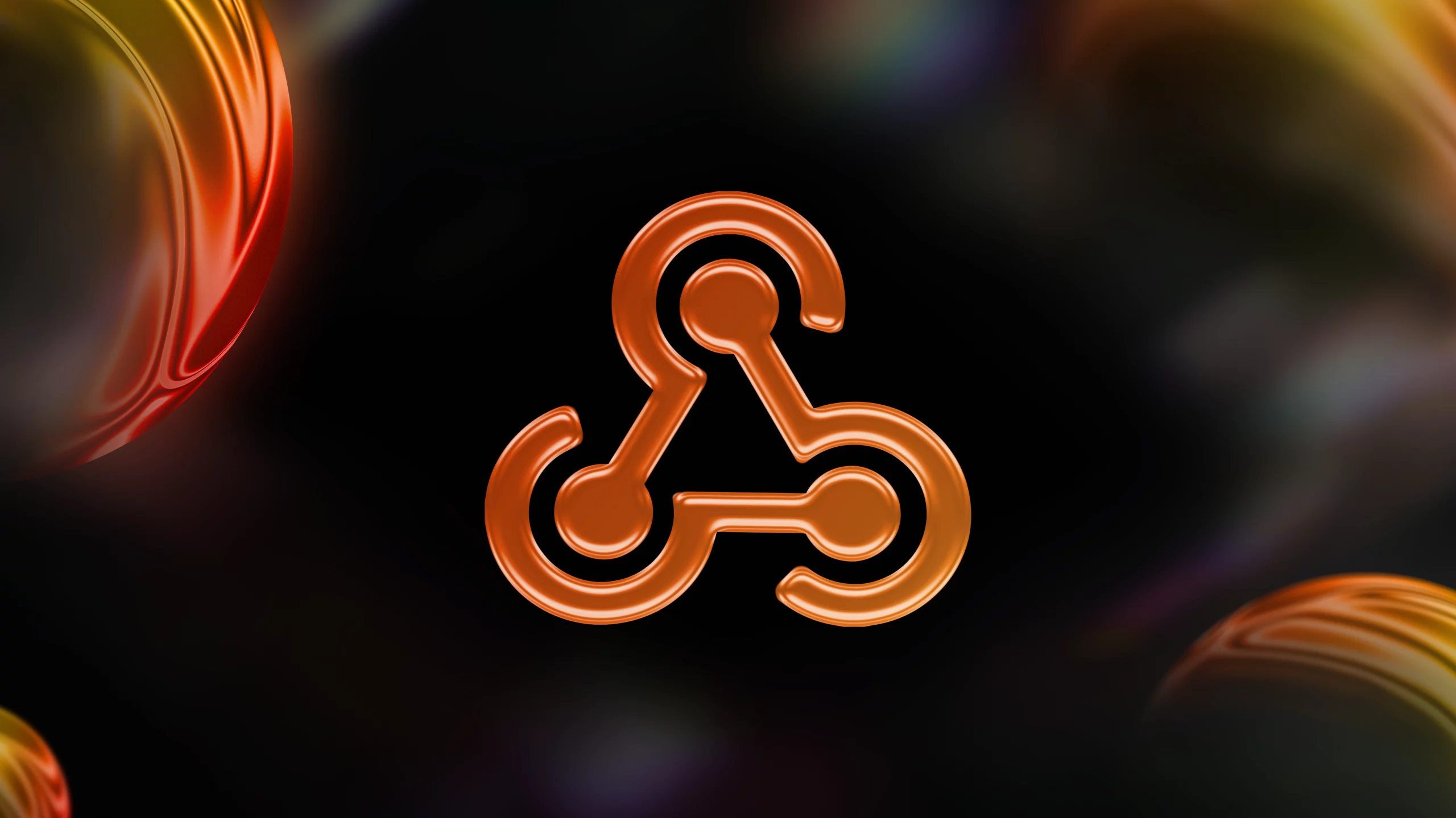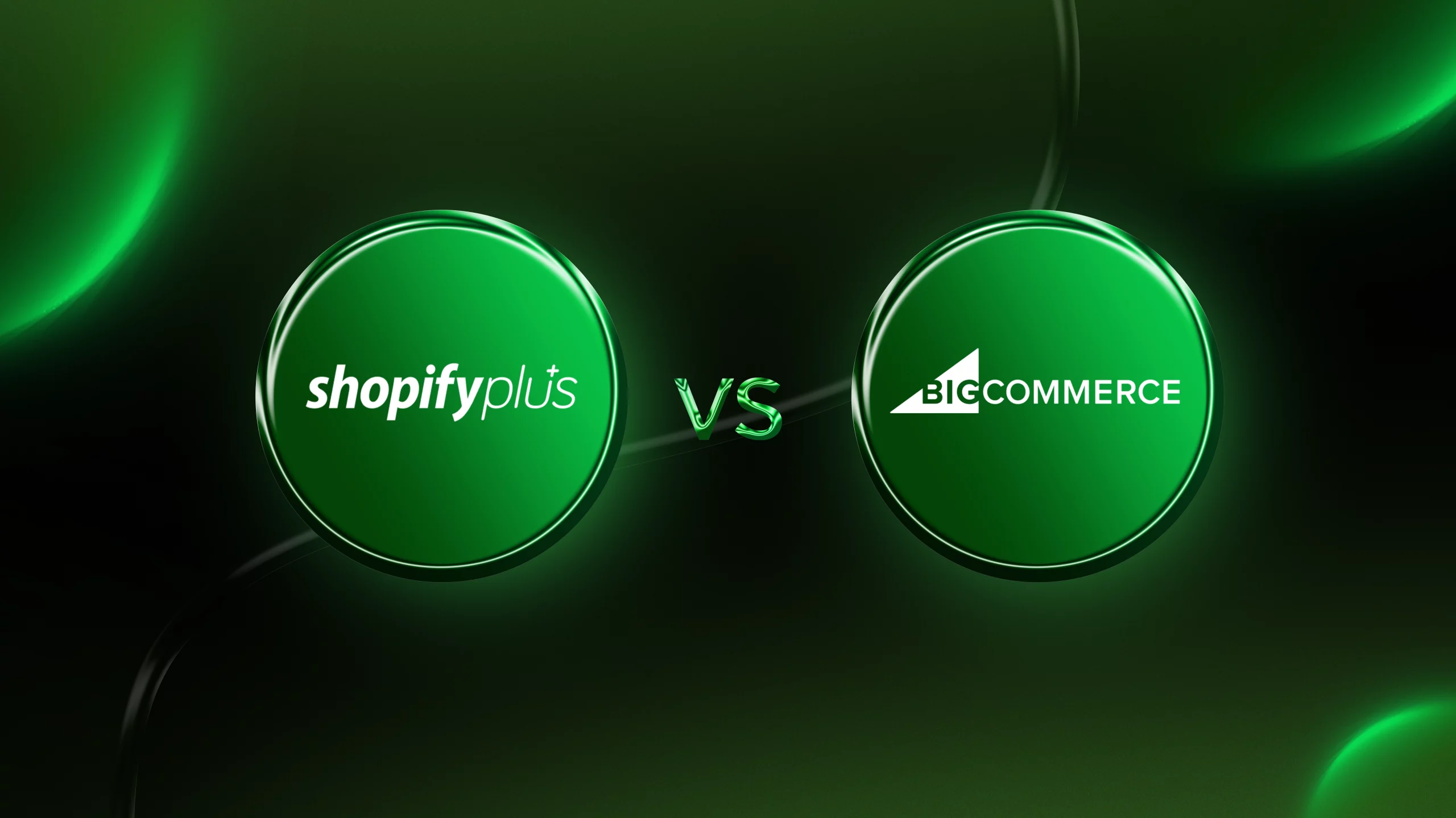The Durga Puja and Diwali season are welcomed in India with open hearts and open pockets. This is the time when an average Indian can buy happiness for themselves and their families. The flock of shoppers crowding the brick and mortar retail stores a few years back is substantially moved to online stores and glued to their cell phones and computers for shopping.
Flipkart: the Indian e-commerce’s poster child launched its first Big Billion day sales in the year 2014. The year after that saw the two competitors Amazon and Snapdeal also launch their festive season sales. Though the first big billion days was not a success, it still started a trend.
There were a lot of technical glitches and the e-tailer was unable to handle the exceptional traffic and was left with some dissatisfied and disgruntled customers when Flipkart launched its first ever Big Billion Day Sale, but it has grown ever since. It has played a major role in shaping the industry to what it is today. One of the many initiatives taken by Flipkart was cash on delivery services, which was a game changer. “We focus on making more great quality products affordable and accessible, along with bringing online brands like Lenovo, ASUS, and Motorola exclusively on Flipkart. Even in fashion, we brought in many footwear brands into partnerships,” says Samardeep.
In the year 2016, Flipkart launched no cost EMIs on products with the ticket size of more than INR 5000. Now, 30% of the big ticket items are sold under this scheme. From these early initiatives, Flipkart has come a long way to launch ‘Flipkart Assured’ services. The objective is to make great quality products accessible and affordable. This service makes it possible to deliver products faster even during the festive sales rush.
Devashish Naik, Category manager of Browntape Technologies says, “Over the past 3 years, we have seen a 1.5x increase in sales YOY during the festive season period. It is a time when ticket sizes increase and both niche and regular product categories get a boost. In addition to bulk orders from customers, there is also an increase in the demand for gifting products and gift-wrap items. Marketplaces plan some category-focused promos, which translate into equal opportunity for all categories.” (Source: indianonlineseller.com)
We can infer from below details that how much Indian e-commerce has evolved during, and because of the festive sales.
- Around about 15 million units sold during the Great Indian Festival 2016 came from 90% of India’s pin codes
- A number of new customers with Amazon increased five times during Diwali last year, with 70% of new shoppers belonging to tier II and III cities
- 65% of total festival sale orders for Amazon came through tier II and III cities in the year 2016
- For Flipkart, non-metro sales contributed 42% of the total during the festive sale of 2016
- Traffic from tier II towns rose 20 times for Snapdeal and 30 times for Amazon in the year 2016
- Focus on high ticket products has increased substantially with the emergence of a customer base which is online first in their buying behavior
- Flipkart reported doubled sales of washing machines and refrigerators during 2016 festive season sale
- Amazon has reported 10 times growth in the demand for large appliance in the year 2016 over 2015 levels
- Despite the discount and promotions have been reduced this festive season, the sales volume have gone up
- Consumers are getting comfortable with buying online with over 20-25% users now make purchase once in two month
Radhika Aggarwal, co-founder, and CBO, Shop Clues, sees this as a sign of the Indian e-commerce market maturing. "E-commerce was built on discounts to change consumer behavior as there were no other hooks at the time. But now people wait for the sales because of the kind of selection of products they find online," she says. What happens to post the sale-month spike will be decisive in understanding if the overall market has grown spawning new buyers or the growth was just seasonal. (Source: timesofindia.indiatimes.com)










